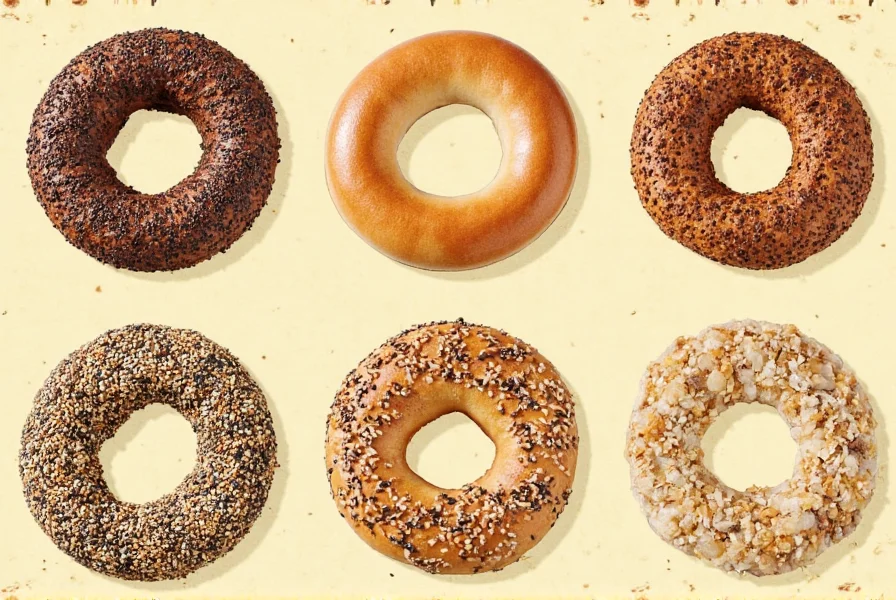
| Seed Type | Flavor Profile | Texture | Best For | Visual |
|---|---|---|---|---|
| Sesame | Nutty, mild, slightly sweet | Crispy, small crunch | All-purpose, especially plain and egg bagels | 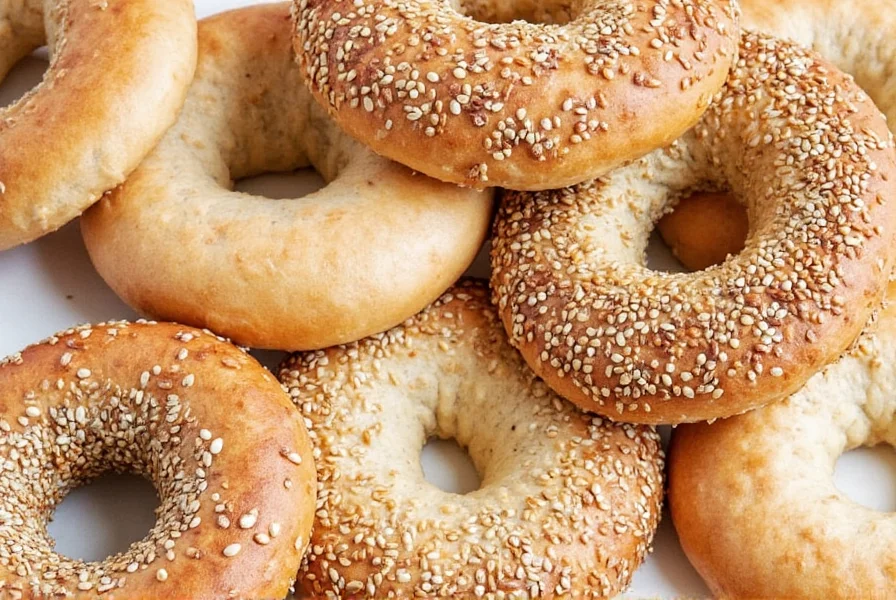 |
| Poppy | Elegant, earthy, rich | Soft crunch, delicate bite | Deli-style, everything bagels | |
| Onion (Black) | Strong, savory, umami-rich | Meaty texture when toasted | Bold flavors, meat lovers | 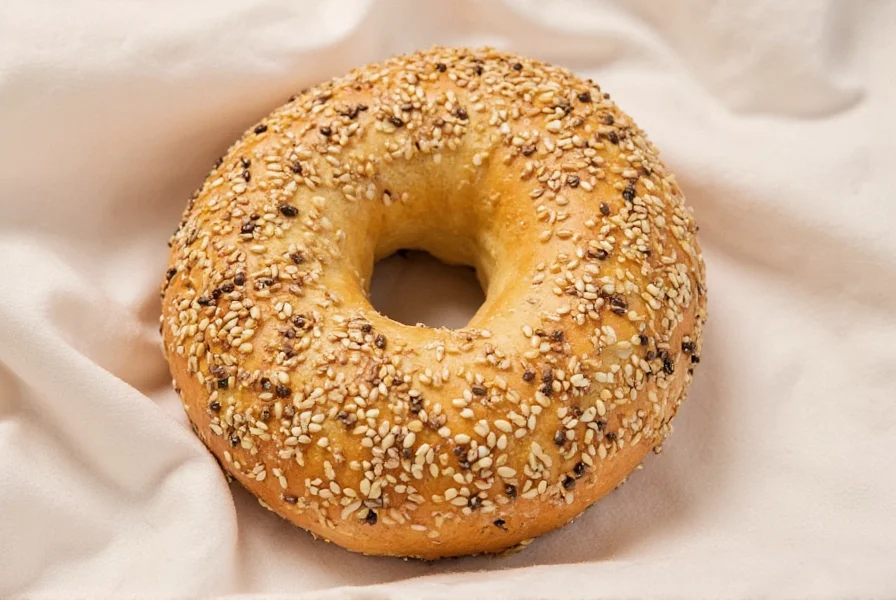 |
| Garlic Flakes | Pungent, aromatic, spicy kick | Dried but crisp | Mediterranean-inspired flavors | |
| Sunflower | Buttery, nutty, slightly bitter | Firm crunch | Vegan, hearty textures | 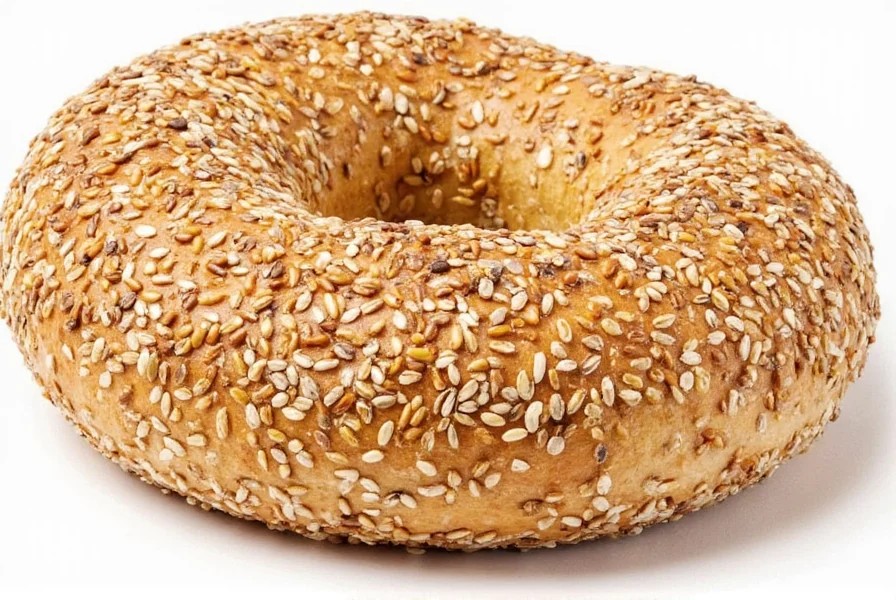 |
| Pumpkin | Mildly sweet, toasted squash flavor | Crunchy, light | Fall flavors, vegetarian options | |
| Flax | Mildly nutty, neutral | Smooth outer shell, chewy center | Health-conscious bakers | 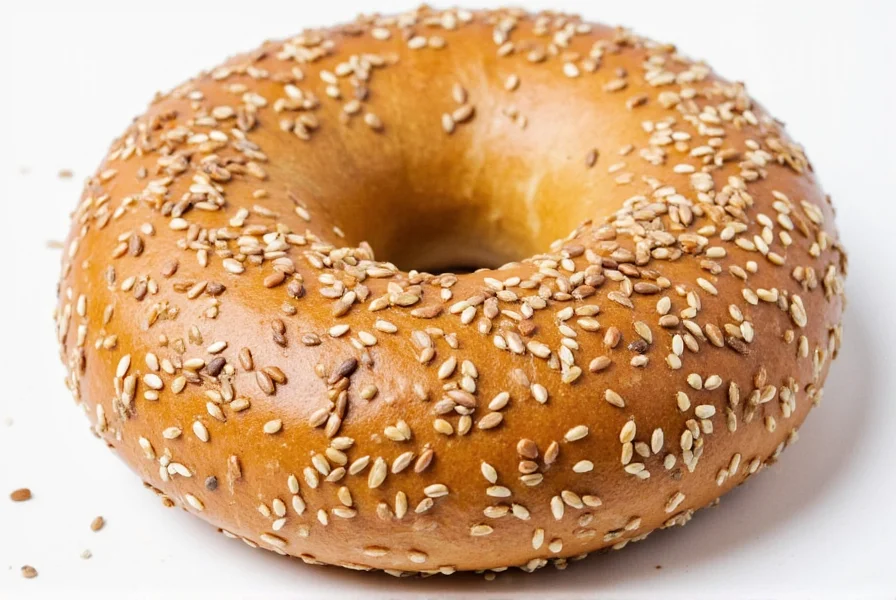 |
| Hemp | Earthier than flax, subtle bitterness | Tiny crunch, soft texture | Vegan, superfood lovers | |
| Caraway | Spicy, licorice-like, bold | Hard, crunchy | Rye lovers, Eastern European styles | 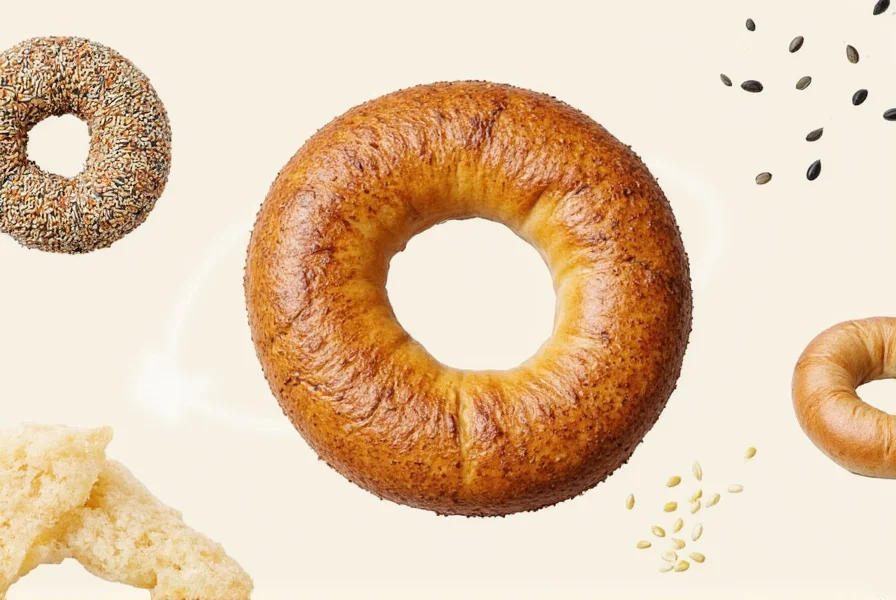 |
| Oats | Mild, cereal sweetness | Soft, rolled texture | Breakfast vibes, oatmeal lovers | 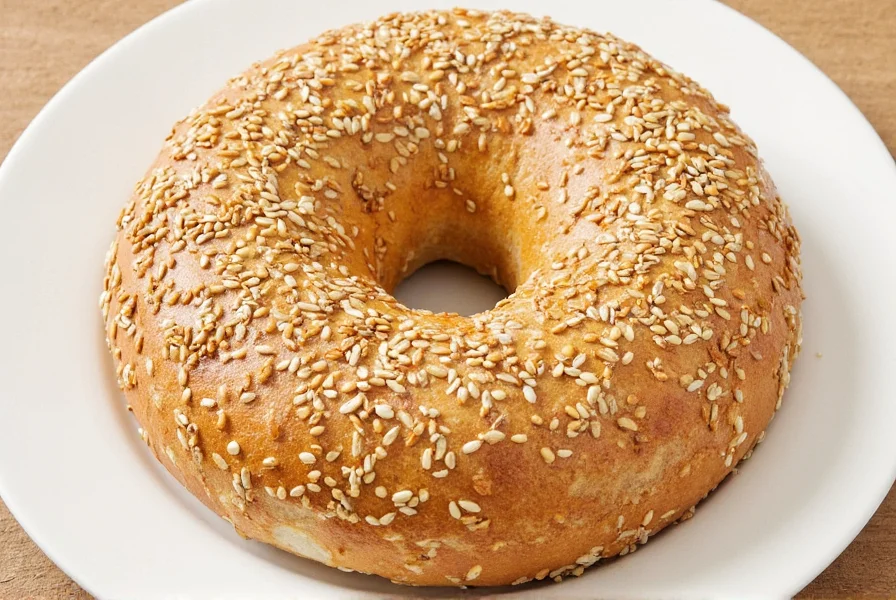 |
| Product | Features | Best For | Price Range | Image |
|---|---|---|---|---|
| Bob's Red Mill Sesame Seeds | Organic, raw, gluten-free | Classic bagels, Asian dishes | $6–$8 per pound | 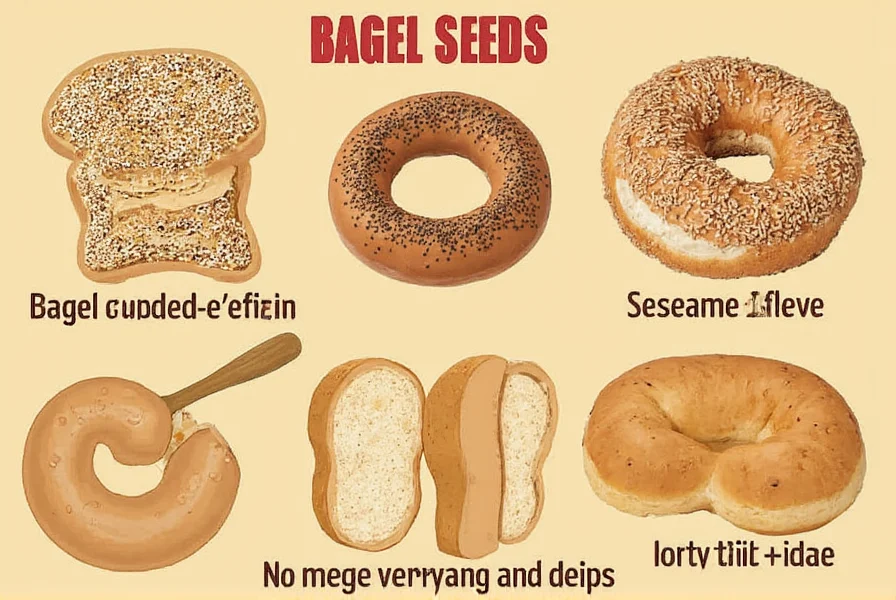 |
| Eden Foods Poppy Seeds | Non-GMO, glass jar packaging | Everything bagels, baked goods | $5–$7 per ounce | |
| Now Foods Black Caraway | High oil content, strong aroma | Rye breads, deli-style bagels | $4–$6 per ounce | 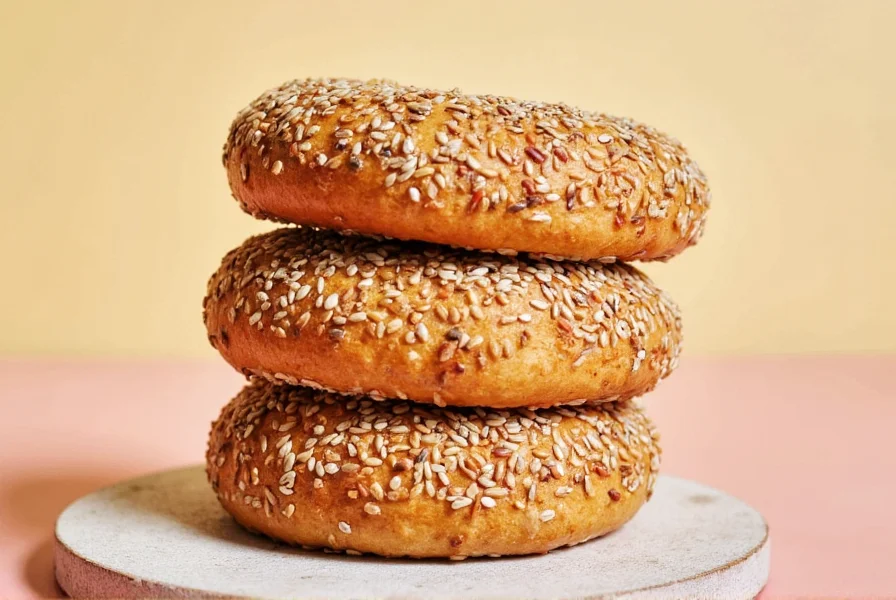 |
| Arrowhead Mills Sunflower Seeds | Unsalted, bulk options available | Healthy snacks, vegan bagels | $7–$9 per pound | |
| KAL Black Sesame Seeds | Raw, unroasted, pure seeds | Asian fusion, visual appeal | $5–$7 per ounce | 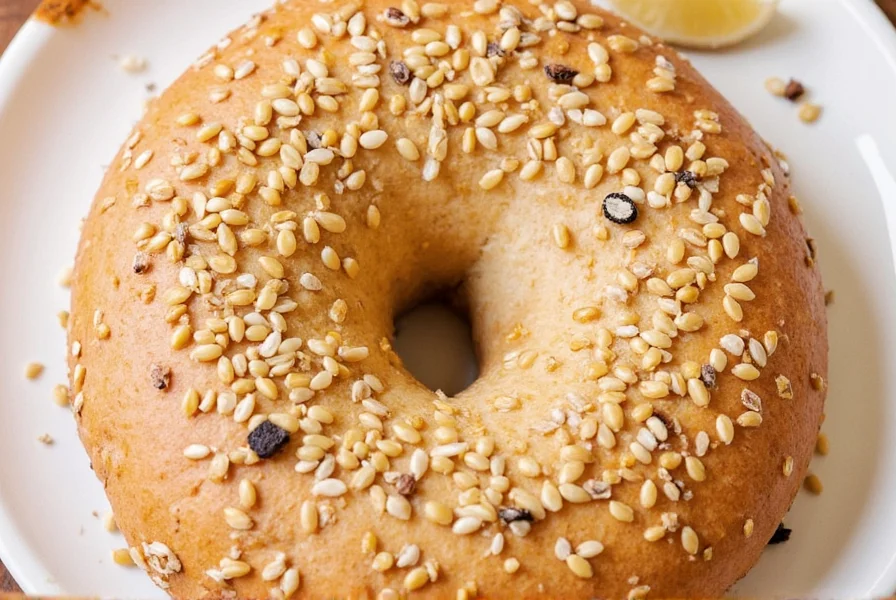 |
Why Bagel Seeds Transform Your Baking Experience
Bagel seeds aren't just decorative toppings—they're flavor architects that define the character of your bagel. From the nutty crunch of sesame to the bold umami of black onion, each seed type brings unique qualities that transform a simple dough into a culinary masterpiece. Whether you're baking at home or selecting from a local bakery, understanding seed characteristics can elevate your bagel game from ordinary to extraordinary.
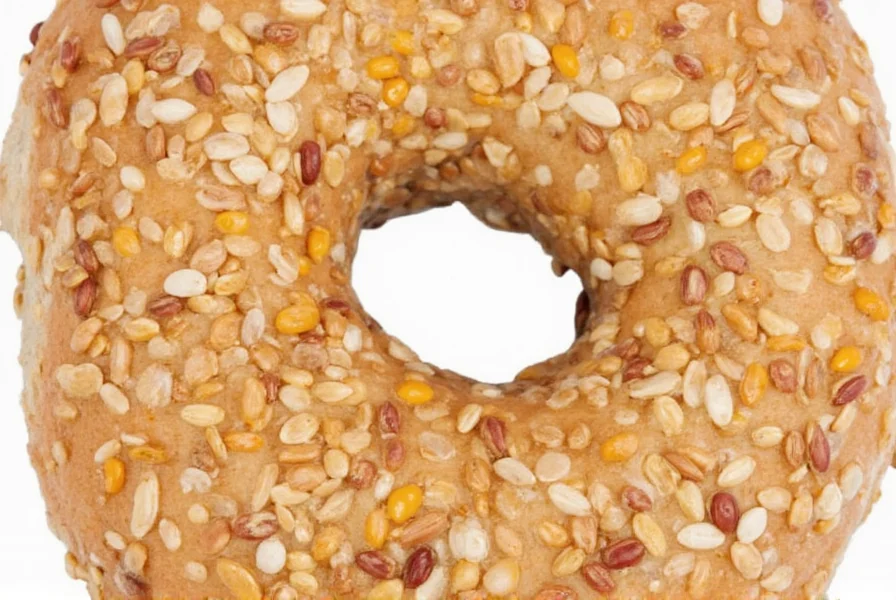
This comprehensive guide covers everything you need to know about bagel seeds: their flavor profiles, pairing combinations, baking techniques, and buying tips. Let's explore how to make every bagel bite count with the perfect seed selection.
Flavor Profiles and Pairing Tips for Every Occasion
Each seed type creates distinct flavor experiences when paired with different fillings and spreads. Here are expert combinations to maximize your bagel experience:
- Sesame + Cream Cheese + Smoked Salmon: A timeless trio with rich contrast between nutty seeds and savory fish
- Poppy + Honey Butter: Adds an elegant twist with a touch of sweetness that complements delicate flavors
- Black Onion + Cheddar Spread: Bold and savory, perfect for lunchtime bites with meaty texture
- Caraway + Rye Bagel + Pastrami: An homage to New York delis that creates authentic flavor profiles
- Flax + Avocado + Poached Egg: Healthy, hearty breakfast option with nutritional benefits
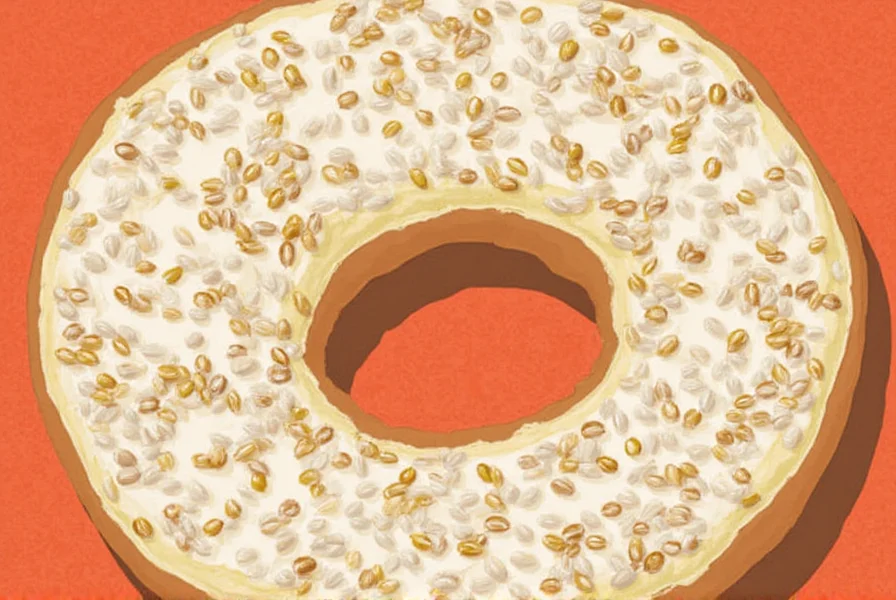
Pro Baking Tips for Perfectly Seeded Bagels
Getting seeds to stick properly requires technique and timing. Follow these professional steps for bakery-quality results:
- Use an Egg Wash: Before topping, brush boiled bagels with a beaten egg mixed with a splash of water. This creates optimal adhesion for seeds.
- Toasting Seeds First: Toasting seeds in a dry pan enhances aroma and flavor. Try this with sesame, poppy, and caraway for maximum impact.
- Layering Techniques: Add multiple layers by pressing seeds gently into the dough immediately after boiling while the surface is still sticky.
- Timing Matters: Apply seeds within 30 seconds of boiling for best adhesion. Waiting too long will result in loose seeds falling off.
- Storage Secrets: Store leftover seeds in airtight containers away from moisture. Refrigerate oil-rich seeds like flax and hemp for extended freshness.
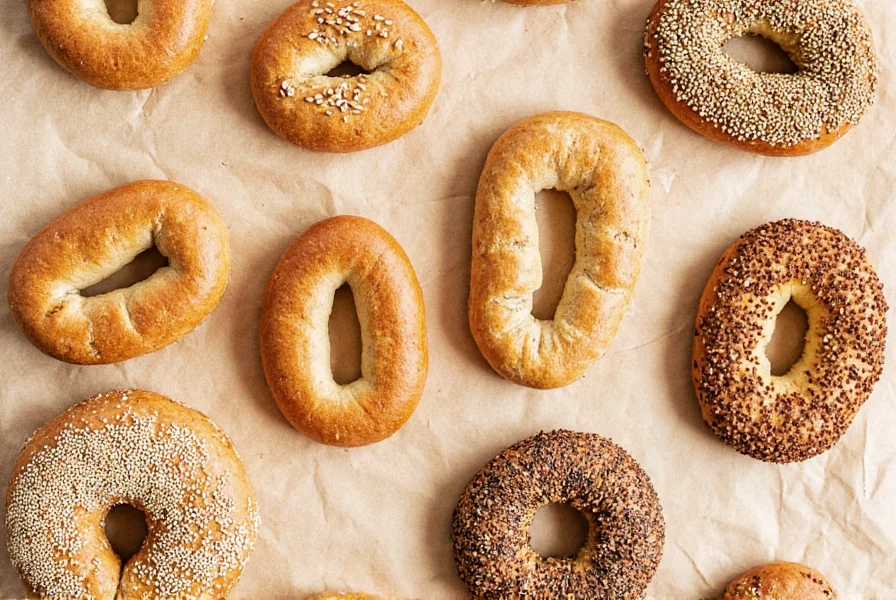
Buying Guide: How to Choose the Best Bagel Seeds
With so many choices on the market, selecting the right seeds can be overwhelming. Use this guide to find the best ones based on quality, price, and versatility.
Key Considerations When Buying Bagel Seeds
- Quality: Look for whole, clean seeds without signs of mold or rancidity. Organic and non-GMO options are often fresher and more flavorful.
- Packaging: Resealable bags or vacuum-sealed containers help preserve flavor and prevent moisture damage. Glass jars provide superior protection for delicate seeds.
- Brand Reputation: Established brands like Bob's Red Mill, NOW Foods, and Eden Foods offer reliable, tested products with consistent quality.
- Versatility: Some seeds work well across recipes (like sesame and sunflower), while others are niche (like caraway). Consider your most common uses when purchasing.
Frequently Asked Questions About Bagel Seeds
Level Up Your Bagel Game with the Right Seeds
Beyond just looking pretty, the right seeds bring character, flavor, and identity to your bagels. Whether you're baking at home or picking one up from the bakery, knowing your seeds opens the door to a richer culinary experience.
So next time you're faced with the decision of which bagel to choose, remember — it's not just about the dough. The toppings matter, and now you've got the knowledge to pick the best seeds for every occasion. Happy baking!

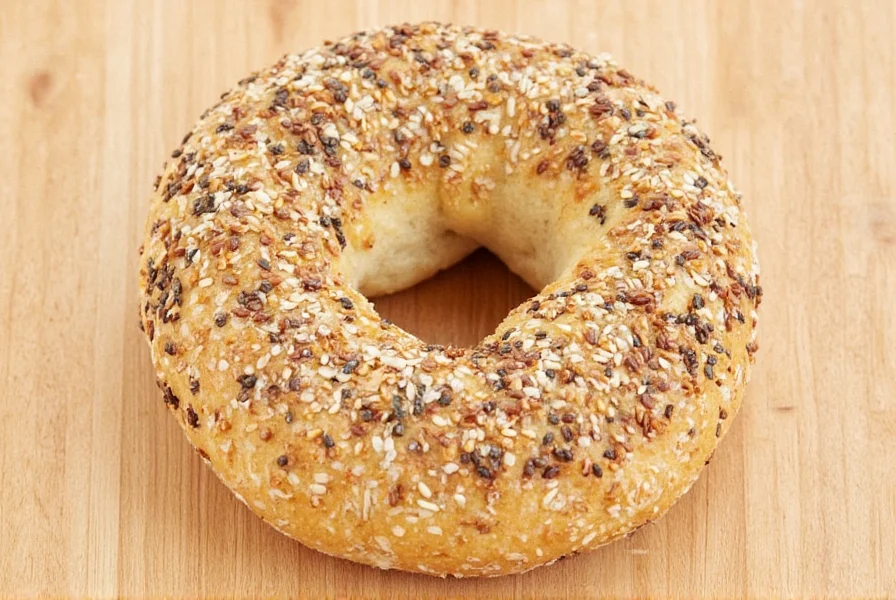









 浙公网安备
33010002000092号
浙公网安备
33010002000092号 浙B2-20120091-4
浙B2-20120091-4